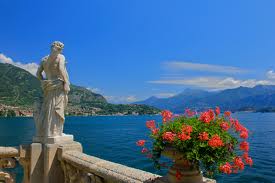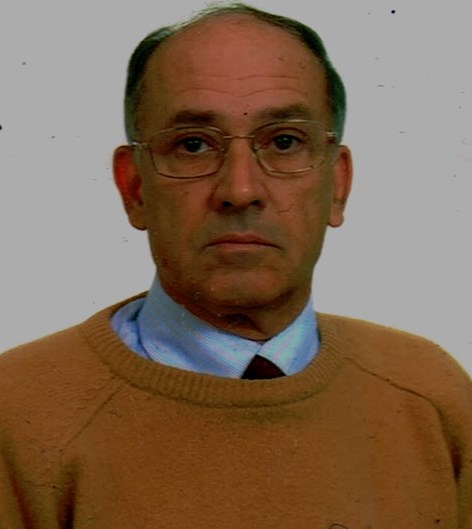Foreign travellers who arrive at the shores of Lake Como can admire one of the most beautiful places of Italy. Como is a long lake which runs deeply into the hills, and the roads leading to the Lake Como are rich in vineyards, while at every turn of the way travellers find views of enchanting beauty. The Lake of Como in Roman times was called “Larian Lake,” and its northern part is called the “Lago di Chiavenna,” from the small town of that name. Como is a flourishing industrial town and lies at south west end of the Lake of Como, enclosed by an amphitheater of mountains.
In Roman times Como was called “Comum” which was the birthplace of Pliny the Elder (23-79 AD) and his nephew, Pliny the Younger (61-113 AD). At Como stands the magnificent Cathedral, entirely of marble, with the nave of Gothic style (14th century). Another important church of Como is San Fedele, with a very beauty and fine octagonal apse, while the Palazzo Giovio, of the Renaissance style, contains the local Civic Museum. Como maintains almost intact its old medieval walls, and on the south west side you can appreciate some well-preserved towers, such as the so-called Porta Vittoria which stands with its very massive structure.
The shores of Lake Como are scattered of many villas, while little boats lie at every landing place. Among the villas of Lake Como, you may visit the villa of Pliny the Younger, called “Villa Pliniana.” It takes its name from the well-known Roman writer and philosopher, nephew of Pliny the Elder, who escaped the tumultuous life of Rome under the Late Empire by giving himself up to the quiet pleasures of this country. This villa is famous for its spring, but a few miles away you can find another well-known spring called “Fiume di Latte” ( the River of Milk), so called from the milky colour of waters. You may make an easy excursion to Fiume di Latte starting from Varenna, a small town located under a wooden hill crowned by the ruins of an old castle with a tower, celebrated as the residence of Theodolinda, daughter of Garibold King of the Bavarians.
On the west bank of the lake, near Cernobbio you find the Villa Olmo, built by Innocenzo Odescalchi with a very elegant rooms and a delightful garden, where visitors are admitted. Bellagio is another little town worth visiting, located on a spectacular promontory that offers a picturesque view of marvelous beauty, embracing a vast stretch of Lake Como, and where you may visit the superb Villa Melzi. The shores of Lake Como offer their clients a great variety of Grand Hotels or low rents with a wide range of services and structures …
I testi, le immagini o i video pubblicati in questa pagina, laddove non facciano parte dei contenuti o del layout grafico gestiti direttamente da LaRecherche.it, sono da considerarsi pubblicati direttamente dall'autore Enzo Sardellaro, dunque senza un filtro diretto della Redazione, che comunque esercita un controllo, ma qualcosa può sfuggire, pertanto, qualora si ravvisassero attribuzioni non corrette di Opere o violazioni del diritto d'autore si invita a contattare direttamente la Redazione a questa e-mail: redazione@larecherche.it, indicando chiaramente la questione e riportando il collegamento a questa medesima pagina. Si ringrazia per la collaborazione.


